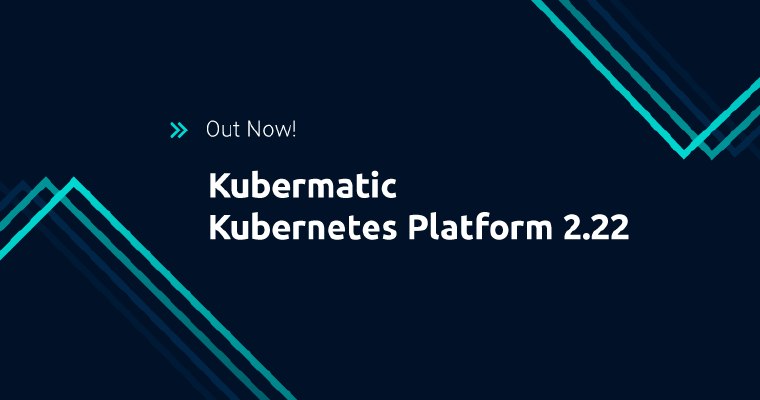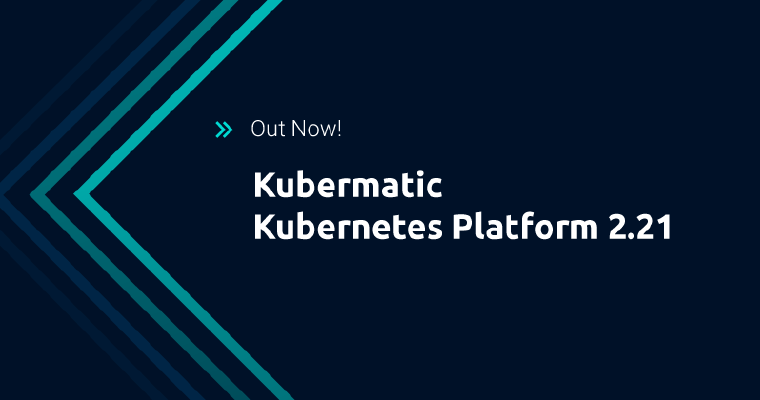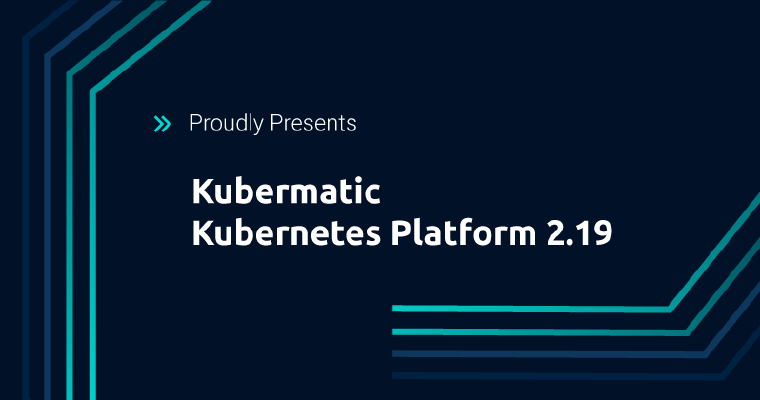


Multi-Cluster Deployment Management with Nephio: A first Guide
Learn how Nephio simplifies complex deployment management across multiple clusters. Follow our guide to set up three Git repositories and Kubernetes clusters for streamlined multi-cluster deployments.

Meet KKP 2.23: Your Gateway to the most Cost-Effective Kubernetes-as-a-Service
Welcome to the world of multi-cloud Kubernetes management excellence! We’ve proud to announce KKP 2.23 which again makes the management of containerized workload in your bare-metal, edge and multi-cloud environment even easier.
Local Kubermatic Kubernetes Platform environment for experiments …

Master Your Cloud Native Deployment for Maximum Control With KKP 2.22!
Today, we are excited to announce the release of the Kubermatic Kubernetes Platform (KKP), available in both Enterprise Edition (EE) and Community Edition (CE). The open-source Community Edition is driven by a passionate community of users from around the world, with some running thousands of …

Changing Paradigms of Operating Cloud, Edge & Hybrid with KKP 2.21!
Today, we announce the latest release of Kubermatic Kubernetes Platform (KKP)- both Enterprise Edition (EE) and Community Edition (CE). The community driven CE is completely open source with users around the world, some of them running thousands of clusters. The EE has exclusive features for large …

Cilium CNI Integration in Kubermatic Kubernetes Platform
With Kubermatic Kubernetes Platform 2.19, we introduced support for the Cilium CNI for both, the enterprise and the community edition of our platform.

Striving for the Fastest Response Times in Kubernetes Clusters
Quick network response times have become the standard.
33 milliseconds - The amount of time needed for a piece of information to travel from Spain to the U.S. and back via the Marea undersea cable.

Kubermatic Kubernetes Platform 2.20 Is GA!
It is with great excitement that we announce the latest release of Kubermatic Kubernetes Platform (KKP). With KKP 2.20, we aimed to make KKP more robust by improving naming conventions and further strengthening code quality.

Get the Best of Both Worlds With the KKP 2.19 CNI Strategy
Kubernetes is all about sharing machines between applications. Typically, sharing machines requires ensuring that two applications don’t try to use the same ports. Managing port allocation across multiple developers is difficult at scale, and exposes users to cluster-level issues they can’t control.

Azure Resource Optimization
Ever since it became more than an atmospheric mass of condensed water vapor, cloud has provided apps the ability to automatically scale with it and significantly impact its use. Cloud enables teams to operate applications without having to constantly and manually modify the underlying resources to fit the actual demand.

Improving Kubernetes Security With the CIS Benchmark and KKP 2.19
With Kubernetes becoming an ubiquitous platform for running software at scale, an obvious but sometimes overlooked topic is security. Over the past years, several guidelines to secure Kubernetes clusters have been released.

Kubermatic Kubernetes Platform 2.19 Is GA!
It is with great excitement that we announce the latest release of Kubermatic Kubernetes Platform (KKP). The 2.19 release focuses on enhancing KKP’s edge and hybrid cloud capabilities and networking performance, enabling you to harness the power of Kubernetes with even greater ease and comfort.

Annotating Machine Deployment for Autoscaling
In the last post, we discussed Kubernetes Autoscaler in KKP as well as its usage. We also showed you how to install Kubernetes Autoscaler on a KKP Cluster. Now let’s take it a step further and show you how to annotate the MachineDeployments which you want the Autoscaler to recognize.
